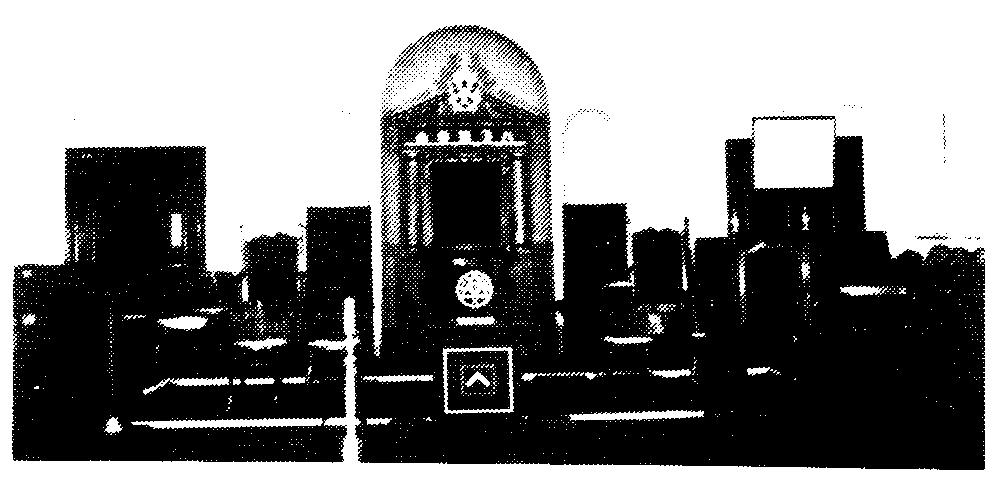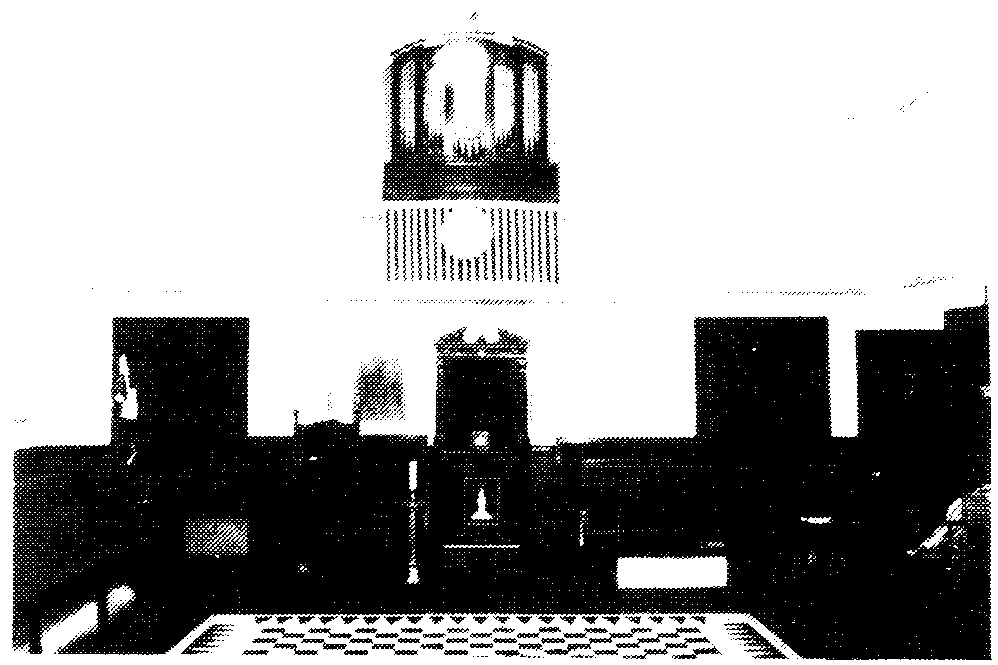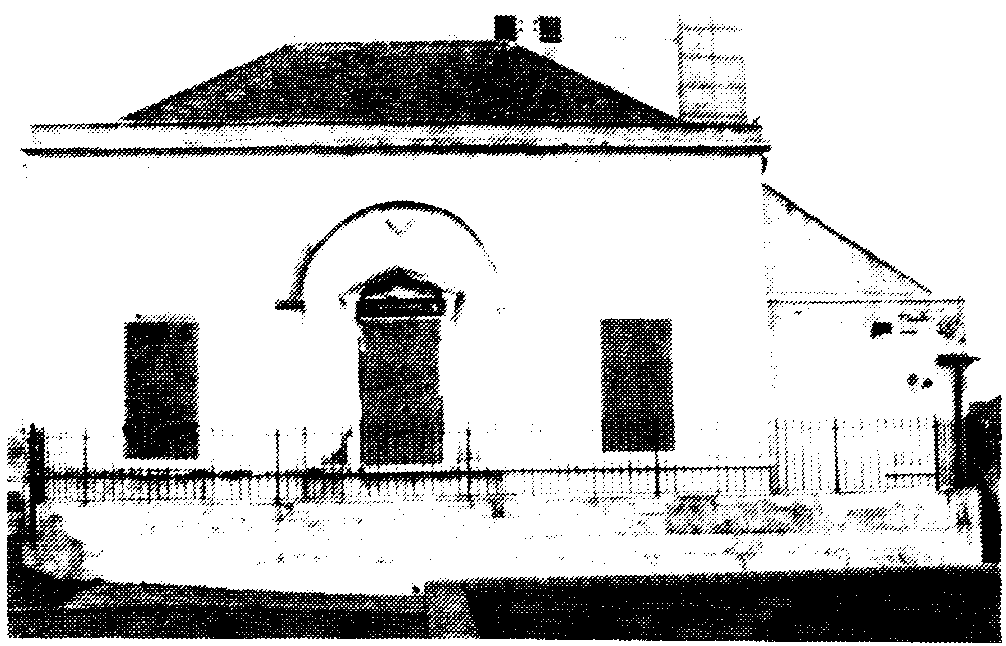|
|
|
QUEEN STREET MASONIC
|

|
 |
East View | West View |
Whilst the surrounding area is changing beyond all recognition, the hall remains virtually as II was 213 years ago with its plaster panelled walls ornamental carvings with original gold leaf and valuable early 18th century furniture. The house next door was purchased in i890 and converted into a dining room at the same time installing a kitchen (coal fired, of course) in the basement. Until then the meals were brought in from one of the local hotels and eaten in the hall. A small extension was added in 1923 to provide a new entrance hall, toilet facilities and a caretaker's flat. At the same time, gas was brought into the building to replace coal for heating and cooking. The dining hall was extended in 1990 10 accommodate the same number as could be seated in the Hall. The importance of the Hall to the heritage of the nation was recognised in 1973 when it became a Grade l Listed Building thereby putting it in the same league as the great cathedrals and stately homes of England.
The Hall has served the members of Phoenix Lodge well over the years and continues to do so. A recent structural survey concluded that the Hall is structurally sound and with careful maintenance should survive for another 213 years. The building does however require external cosmetic work to restore it to its full Grade I listed status as well as improvements to the internal facilities to make the building more manageable and fit for the purpose for which it is used. The importance that the hall has not only to Freemasonry but also to the heritage of the nation is fully recognised and a programme of work to restore the building and preserve it for future generations has been embarked upon. Without the preservation work the building will decay and the magnificent Hall lost forever.

The underlying theme behind this work is the openness that English Freemasonry is now promoting. The preservation work will be done in stages as finance becomes available culminating in the building of a extension with an Egyptian style facade to house a Masonic Heritage Centre and exhibition suite. This will be used to increase public awareness in Freemasonry with exhibitions and the promotion of freemasonry within the community as well as providing historical information for freemasons. The centre-piece of the heritage Centre will of course, be the hall. The Heritage Centre Trust has already been set up and has recently applied for charitable status which, if successful, Lucinda Lambton, the broadcaster and historian, has agreed to become patron. Her great, great, great, great, grandfather, William Henry Lambton and his son, John George Lambton, the 1st Earl of Durham, were both involved in the early years of the Hall as Provincial Grand Masters of Durham.
All restoration and preservation schemes require finance and the process of identifying resources of local and national grant aid is in hand. Even with grants and internal fundraising activities, there will be a shortfall in the finance required. Would you like to help in the preservation of the Hall?
There are various ways in which you can help. You could become a "Friend of Phoenix Hall" where you can become a Life patron, Vice-Patron or Member for £100, £50, and £25 respectively. For this you will receive a certificate. You could also make a cash donation of any amount if you so wish. All donations will be acknowledged. If you wish to contribute towards the preservation of this important building or would like further information on how you can do so, please contact Keith Herbert at 36 Sutherland Grange, New Herrington, HOUGHTON LE SPRING, DH4 4UT. Cheques should be made payable to "Queen Street Masonic Heritage Centre Ltd". If you would like further information on the Hall itself, the preservation scheme or the Heritage Centre, please contact Colin Meddes at 2 Brackenwood Grove, SUNDERLAND, SR2 9ED England (tel: +44 0191 522 0115).
© Queen Street Masonic Heritage Centre Ltd